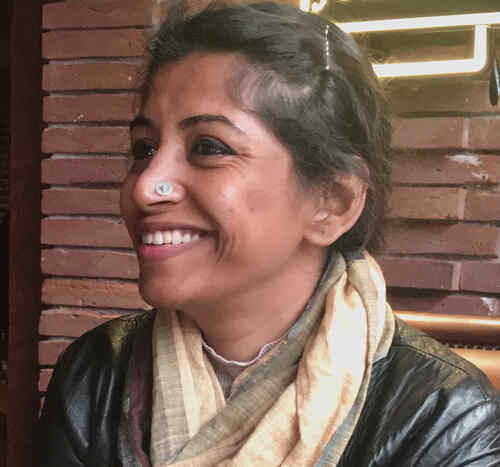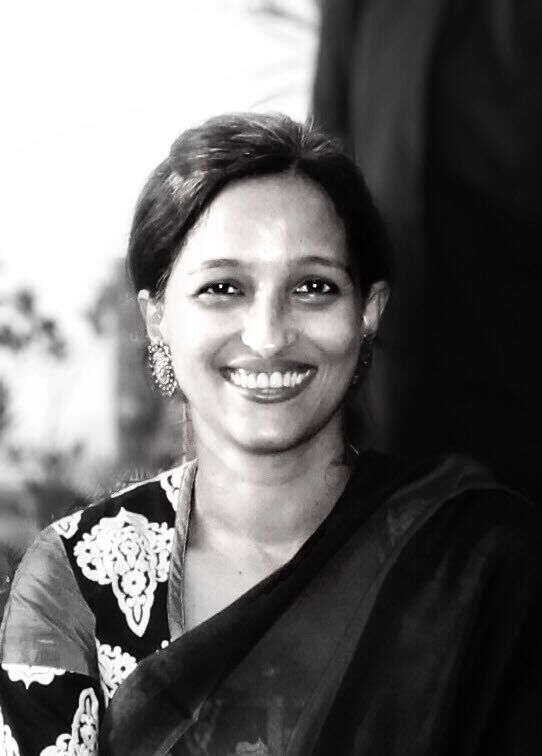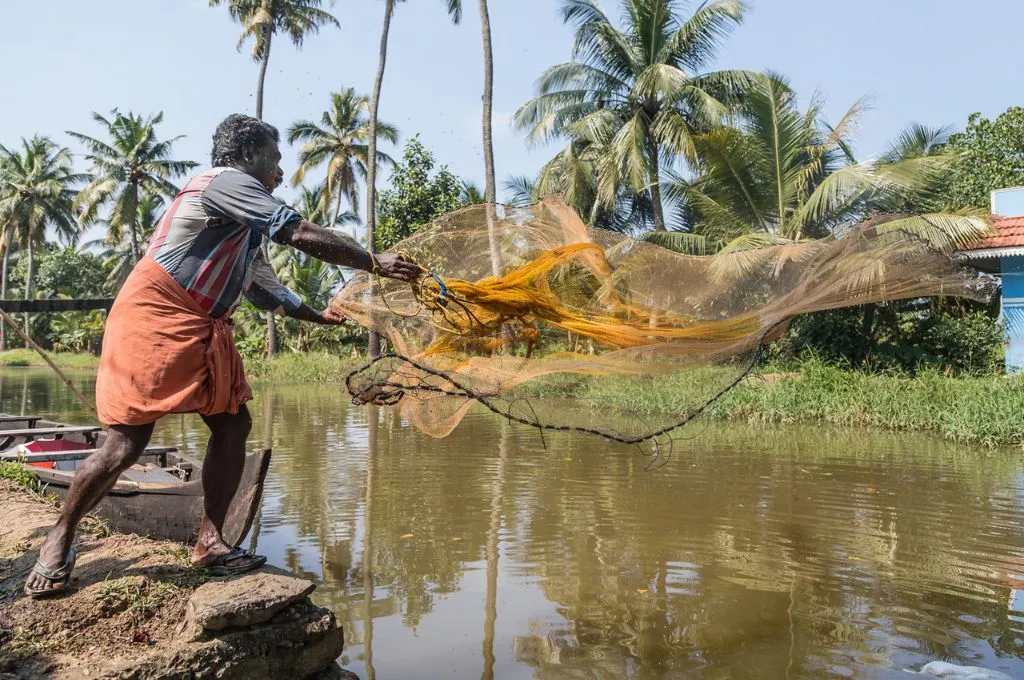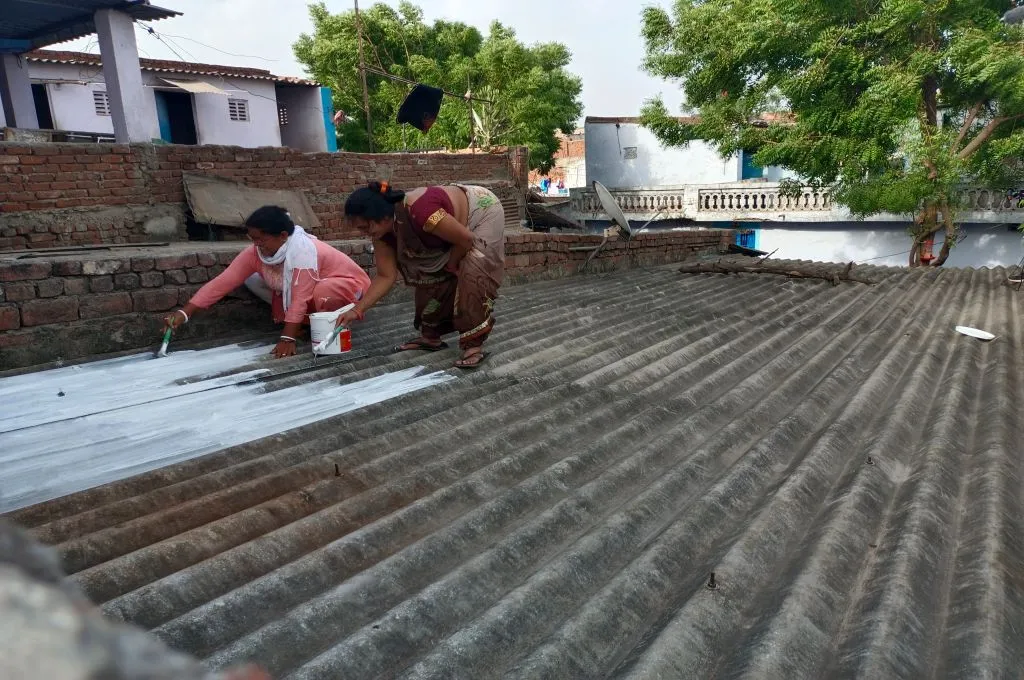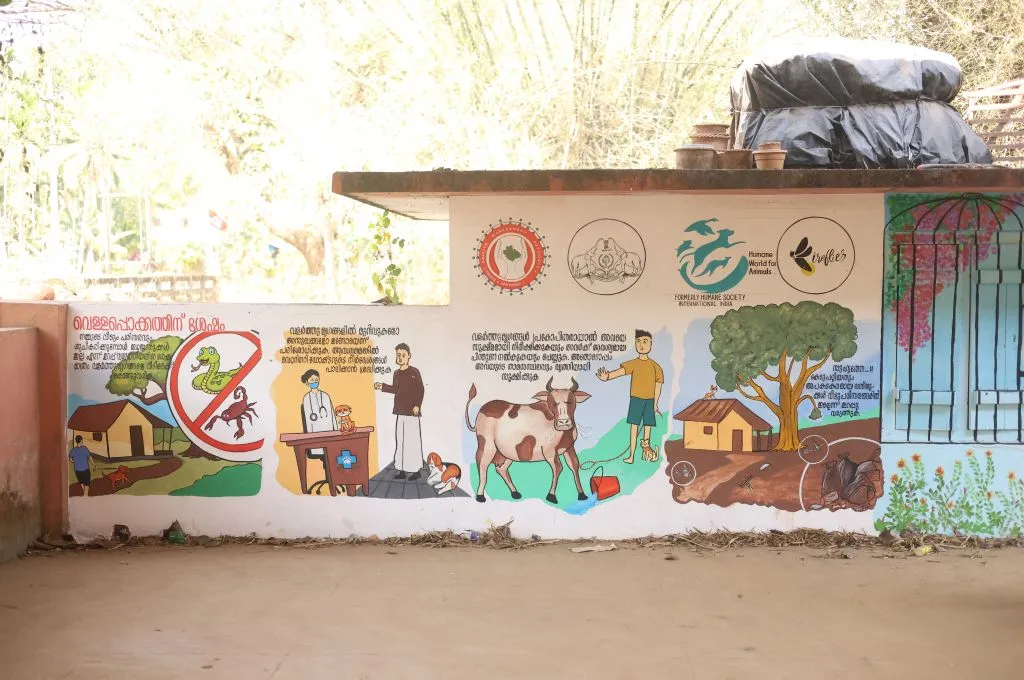Climate change is an everything-everywhere-all-at-once problem. It’s a declining-fish-stocks-in-Kerala problem; a depleting-aquifers-in-Punjab problem; a distress-migration-in-Jharkhand problem. What’s additionally being grasped is the interconnectedness of these seemingly far-flung developments and their knock-on effect on health, livelihood, education, and overall quality of life everywhere.
And yet, climate solution seekers seem to work counter-intuitively to this logic. They plug their fingers individually, provisionally, and piecemeal into multiple cracks in the dam, when it has become increasingly apparent that collective and coordinated action is needed to hold up the wall.
A few climate funders are however beginning to see that such action can only come from a systems thinking playbook (not least because climate change is the sum of several connected systems—economic, political, environmental, industrial—that have gone awry).

Applying a systems thinking lens
“Systems thinking is not a good-to-have feature; it’s absolutely critical,” insists Sameer Shisodia, CEO at Rainmatter Foundation that funds multisectoral climate solutions. “The climate problem arose because of action in silos—whether by the market, or government, or development agencies, and as a result of bad trade-offs. But we have to acknowledge that these are connected problems and connected spaces.”
The evidence of these interlinkages is mounting. We are currently facing a polycrisis around soil, water and air pollution, climate, and health, among other things, and need a bigger, deeper approach that addresses the root causes of these problems. However, root causes are often so removed from the symptoms that they may not enter climate conversations at all. And because they are not immediately apparent, they are not immediately resolved.
Systems change involves actively looking for the root causes of challenges. This requires organisations and funders to invest their resources and time in the investigation, and devise and support solutions that are far from obvious.
Consider global food waste, which contributes to 6 percent of global greenhouse gas (GHG) emissions. On the surface, it appears comparatively less concerning than, say, emissions from the energy sector that corner 76 percent of the GHG pie. This could be one of the reasons food waste isn’t a prominent talking point in climate circles.
However if, in addition to the direct emissions from food waste, one also considered the waste of resources involved in the food supply chain—energy, land, labour, and water used in food production, and resources spent in storing, packaging, and transporting that food—the impact of food waste is amplified many times over. It’s important to note that food lost en route to retail accounts for 13 percent of food produced, while food wasted in retail, households, and foodservice establishments, accounts for 17 percent of food produced. These compounded factors do not only manifest in the form of carbon emissions, but also in the loss of nutrition.

Aside from the consequences of food loss and waste on climate, natural resources, and labour, the indiscriminate use of chemicals to improve the shelf life of food in order to minimise waste can also compromise the health of the land, the water, and the people consuming them. The problem of food waste is therefore a complicated interplay of several factors at once, which is why it needs integrated solutions.

What can funders do
1. Bring non-climate voices into the conversation
Philanthropic funders can look more closely into causes and effects, and initiate conversations across different sectors. In the case of food waste, these would include agriculture, transport, cold chains, food regulators, government, retailers, consumers, and waste management authorities. It would mean talking to players outside the conventional climate space and helping them identify their own climate stressors, remote and tangential though they may be.
Unfortunately, funders are still largely talking to organisations that identify as climate experts.
By drawing distant but new and relevant voices into the ongoing dialogue, the understanding funders have of the interlinkages between climate triggers and impacts will deepen, and the solutions they discover will be diverse and more effective.
Unfortunately, funders are still largely talking to organisations that identify as climate experts. Moreover, “funders can be very particular about the sectors they support,” says Jarnail Singh, deputy director, India, at MacArthur Foundation. By pledging to only support conservation or carbon mitigation, they uncouple the cart from the horse and wonder why there’s no traction. What’s needed is a clear-eyed revaluation of their grant-making objectives and strategies.
“MacArthur itself was initially sectoral, focusing only on energy systems. But in 2020, we revised our approach and decided to mainstream equity as a part of our climate solutions big bet. Simply put, if a climate solution leads to inequitable outcomes, it is not really a solution,” Jarnail maintains. “This rethinking led us to create flexible support grants for grassroots organisations to help them reorient their ongoing work along climate lines.” An organisation invested in food security, for example, could adopt clean energy, preserve groundwater, and prioritise soil ecology.
With the big picture before them, funders will be able to think more effectively on ways to fill various gaps. They could support programmes that dovetail with each other, and fund organisations along complementary and participatory courses. But they must emerge from their silos in order to stitch these alliances together. A crisis as sweeping and urgent as changing climate calls for a rethink of the old modes of operation not only within organisations, but also among those invested in shared solutions.
“Think tanks; folks on the ground; people in policy, in research, in tech are all trying to solve the same problem, but with blind spots. We value specialisation to the point where we sometimes don’t even know of the existence of each other,” observes Sameer. “But we must realise we’re part of a whole—for instance, you can influence policy without necessarily being part of a think tank or policy circle, because there are others who can help you.”
“One of the ways that Rainmatter has tried to facilitate these connections is by opening up conversations between think tanks working with the government on climate policy and organisations on the ground. So whatever research they’re doing, and whatever recommendations they are making, has feet on the ground. It’s not post-facto feedback,” he says.
2. Build consensus
But first, everyone should agree on what they’re trying to solve. All climate actors—from funders to policymakers and researchers—need to broadly agree on the problem and the solution. They should be seated at the same table to chalk out collaborative strategies and pool funds.
This, says Jarnail, is happening both through facilitative organisations, such as EdelGive Foundation, AVPN, and Dasra, and organically when funders simply reach out to their peers to propose collaborations or to seek additional support for an organisation they fund.
Both organic and orchestrated routes have their advantages and disadvantages. According to Jarnail, “Collaboration is inversely proportional to inconvenience, mistrust, and insecurity. Even though organisations are highly aligned on their vision and missions, they still do not collaborate. Alliances need to solve for this conundrum and make collaboration incredibly convenient, simultaneously building trust and swelling the funding pie for everyone. If the above conditions are not met, an alliance ends up becoming a project in itself, formal and time-bound, with expectations, learnings, indicators, monitoring and evaluation, and reporting. In a larger effort, it’s more about the numbers, while direct collaborations are more about the qualitative and emotional aspects of what we are able to do together,” he says.
Coalitions, organic or otherwise, also allow individual organisations to share learnings with one another. A common archive of practices and knowledge can save an organisation effort, money, and time in reinventing the wheel. Sameer believes this is another area where funders should join forces. “We must build capacity for organisations to capture and share what they have learned and the methods they have created for non-linear impact—this will enable them to move beyond the project and become part of an ecosystem of change,” he says.
3. Change the way funding happens
Viewing the climate crisis from a systems thinking perspective demands long-term support. Extended time frames are implicit in the very definition of systems change, which acknowledges that any real transformation cannot be achieved overnight. If climate change was a century in the making, it stands to reason that reparative action will need more time than what standard donor deadlines allow.
Grant funding should be earmarked for organisational strengthening.
It’s not easy to address the root cause in a year or two. It’s equally difficult to predict the fallout of chosen actions in the long run. This requires funders to repurpose their grants, making them patient, long-term, and adaptive, because the deep work that systems thinking attempts may involve trial and error. In addition, the way funders formulate and create grants is equally important. Organisations need to have the ability to respond quickly to some of the unexpected challenges and opportunities that arise, which may not have been scripted at the grant stage. This is why core support funding is so critical.
“Sometimes we get proposals that outline what will happen in the fourth month of the third year—if it was this predictable, the problem would not exist,” says Sameer. “What organisations can do instead is to broadly define their efforts and goals instead of narrowly defining the outcomes. The question funders need to ask nonprofits is, ‘What, ultimately, are you trying to achieve?’ And if in the pursuit of these goals, they need to pivot, relook at their strategy, start afresh, or join hands with other organisations, they should be given the leeway to do it, even if the need for a new approach occurs several months after the grant is finalised.”
“A fundamental problem with a lot of public problem-solving today is that the solution, the funding for it, and the geography are all pre-decided and they come in a bundle. We have to realise that they need to be unbundled for any sort of scale to materialise,” Sameer continues. “We cannot sign up to a crisp set of actions, all decided upfront, because that almost precludes the possibility of understanding ground reality.” It doesn’t allow for introspection, which is integral to the systems way. “If we force all our grantees to be right and successful and brilliant all the time, we do too much harm,” he adds.
Even as funders deliberate on different ways to embrace a systems approach, they simultaneously need to seed this concept in the organisations they work with, and build capacities to put theory to practice.
How can they do this? By strengthening the organisation’s own reserves. Grant funding should be earmarked for organisational strengthening, so that nonprofits understand how to apply systems thinking in their work, widen their networks, and collaborate better with one another. But it should also be made available for personal well-being, because systems work demands that both internal and external resources be shored up, as root causes can take a long time to solve.
Measure systems change
The author and activist David Bollier warned that it was “misguided to try to apply old-paradigm quantitative metrics to the early-stage instances of a new paradigm”. In other words, resist the temptation to measure outcomes of systems work in climate with the same scale used for conventional siloed programme evaluations.
“You can probably track collaborations, but you’ll need overwhelming resources to accurately measure impact,” says Sameer, “especially when you’re talking about network effects, where the impacts are not linear, but exponential and emergent. And trying to measure this is not possible. It’s often enough to have a sense of the vectors one is trying to move.”
In systems change work, along with the impact, the process should be measured. If you know that the process is right, there’s a higher chance of achieving the desired impact a few years down the line.
Jarnail sees merit in assessing organisational well-being. One could weigh the organisation’s ability to deliver on its stated strategies and decide if it is equipped to deliver on those strategies externally. At the same time, he acknowledges the need to set some kind of timer on systems work. “How long we give a particular approach to work is what will define the kinds of indicators we assess; it may not be two years that a programmatic approach demands, it could be five to 10 years when we seek systems change. But what may prove most challenging to measure are the intersectional indicators. For example, how are climate gains translating into gender gains? So we’re measuring for the different points in the system, the intersection between those points, and the overall health of the system through civil society capacity building,” he summarises.
But it’s still early days, and climate funders in India have only just started to grasp the larger patterns at play. They may believe in the model, but they are still working out the answers to the questions it throws up. How do we prioritise which core levers to attend to first? How can we enable a diverse set of organisations, with different objectives and operational mechanics, to work together? How do we reconcile the many interpretations of systems work that different stakeholders have? But, most crucially, how can funding organisations build their own in-house capacities to achieve all of the above?
—
Know more
- Here’s a primer on how climate actors can plan and implement systems change in their work.
- Tap into this archive by Ashoka for reports, blogs, and podcasts on systems change and social entrepreneurship.
- Read this report to learn more about the current thinking around philanthropy and systems change.

